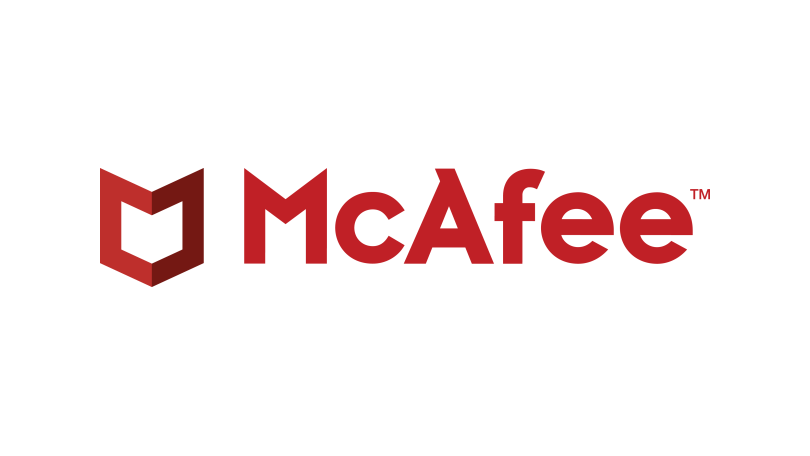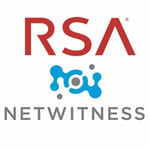CimTrak for SIEMs
CimTrak Integration Module

Integrating CimTrak with SIEMs is the most valuable information they could digest.
SIEMs are only as good as the information that is fed into them. Typically known for their excess number of false positives and the endless streams of alerts, SIEMs have traditionally lacked integrity inputs and the value associated with this type of data.
Integrity alerts are binary and contain no false positives. If a configuration changed, a port opened up, or unknown software was added to a system, it did in fact happen without question.
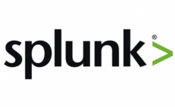
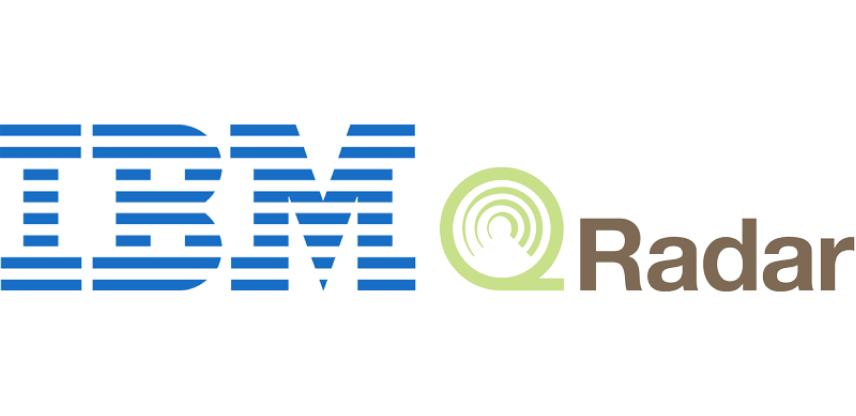

Benefits of Using CimTrak with
SIEMS
SIEMS
Detect change to the attributes of any member entity or configuration
Compare the entity's attributes to the entity's previous configuration or trusted state
Roll-back and restore a previous configurations and baselines when necessary
CimTrak for SIEMs Can:
- Integrate into any syslog or SIEM solution via multiple protocols such as CEF, LEEF, MEF, and more.
- Send all data such as file changes, baseline deviations, and non-compliance in real-time.
- Visualize integrity data in a single pane of glass for a unified security management approach.
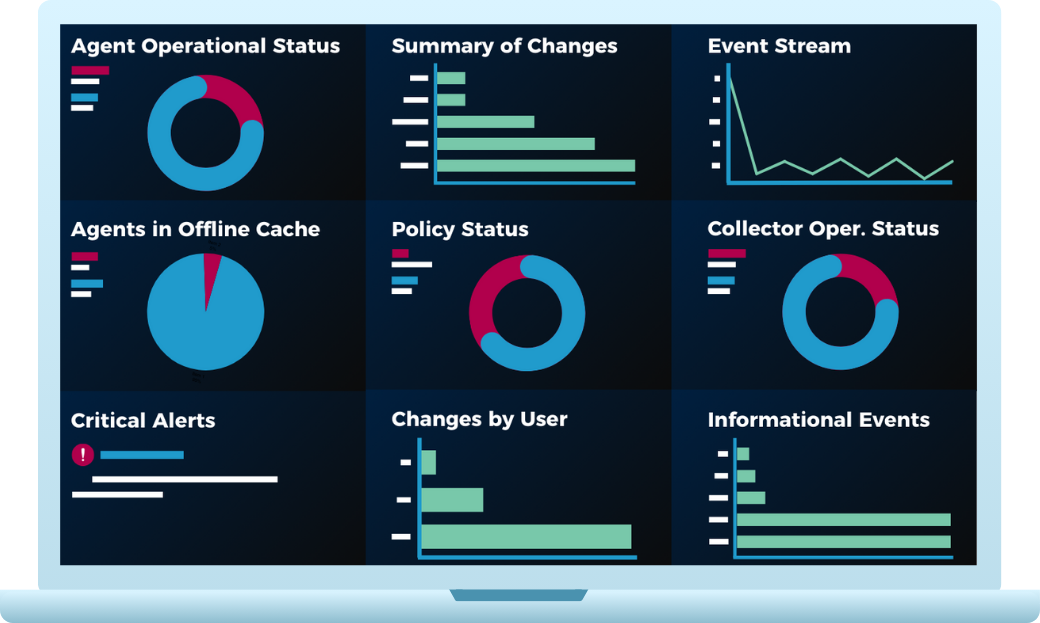
How CimTrak for SIEMs Works
As more and more companies deploy Security Information and Event Management (SIEM), IT and security personnel often ask what’s the difference between CimTrak and leading SIEM providers.
- CimTrak allows the SIEMs to combine critical change and configuration information with other SIEM data streams, allowing for enhanced event analysis and correlation.
- This benefits the enterprise by learning about security events more quickly and being able to provide better context surrounding those events.
- In addition, alerts raised by a SIEM can be traced back to CimTrak, which can provide all of the forensic data (who, what, when, how) for the event, allowing for quick and simple root-cause analysis and remediation.
A few examples of how traditional SIEM tools would not detect or identify a problem resulting from malicious change(s) without a CimTrak integration in place:
Action : The threat actor makes changes to the host file on critical servers in the infrastructure.
Impact: When the threat actor made changes to the host file—there are no built-in Windows Events that could be sent to a SIEM to alert on this action and no ability to roll back or compare the change.
Action : The threat actor deletes important critical business Excel Spreadsheets on company SAN server.
Impact: When the threat actor deleted important spreadsheets off the network drive hosted on the SAN server, no built-in FIM exists on the SAN to send alerts to a SIEM about this.
Action : The threat actor modifies stored procedures in MSSQL.
Impact: When the threat actor modifies stored procedures or other schema/configuration in MSSQL—these are not reported to a SIEM.
Action : The threat actor adds a zero-day attack malicious file onto employee workstations.
Impact: When the threat actor adds a zero-day attack file, no AV will alert to your SIEM about it because it's not considered a threat yet or "known".
NOTE: SIEMs do not generate or create log data - it only collects logs from external sources such as CimTrak which detects changes and reports forensics to a SIEM.

